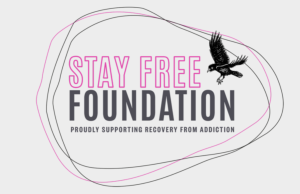Nonprofits have fewer internal fraud prevention resources than their for-profit counterparts, according to a new study. Between January 2018 and September 2019, employees at 191 nonprofits dipped into the till for a median hit of $75,000.
And, it’s not just a low-level person pilfering. In more than one-third of cases it was done by senior managers and they tend to take the most. This data was included in the Report to the Nations 2020 Global Study on Occupational Fraud and Abuse, a study from the Association of Certified Fraud Examiners (ACFE).
Fraudulent activities included asset misappropriation, such as misuse or theft of funds; corruption, including conflicts of interest, bribery and invoice kickbacks; and, financial statement manipulation, such as fudging net income and net worth.
Nonprofits skimp on safeguards that would prevent fraud, according to the report’s authors. Nonprofits are half as likely as for-profit organizations to have surprise audits (21 percent versus 40 percent). Formal fraud risk assessments are not used as often (24 percent for nonprofits, versus 43 percent). Among commercial organizations, 68 percent are subject to management review, compared with 44 percent of nonprofits. And, 76 percent of for-profit businesses have internal audit departments, while only 57 percent of nonprofits do.
More than one-third (35 percent) of nonprofits have no internal controls in place and 19 percent lack management review. In what seems like an invitation for abuse, 14 percent allow individuals to override existing internal checks.
Fraud hotlines and other reporting mechanism help cut losses. While the study did not break out figures for the nonprofit sector, organizations with hotlines reported losses half of those without — $100,000 vs. $198,000.
Absent a hotline, organizations should make sure employees at every level understand how to handle whistleblowing. Across all verticals, 28 percent of workers raising issues spoke with their direct supervisors, with others contacting a fraud investigation team (14 percent) or an executive (11 percent). One in ten confided in a coworker, while only 6 percent went to human resources.
Top executives at nonprofits have access to greater fraud opportunities, and the amounts they stole reflect this. Within nonprofits, owners and executives made up 39 percent of fraud cases, and stole a median of $250,000. Mid-level executive fraud accounted for 35 percent of cases, with managers and supervisors pocketing a median of $95,000. The lower-level employees who made up 23 percent of fraud cases could only grab crumbs: their median takes were $21,000.
The ACFE study examined 2,504 global cases across a variety of verticals among for-profit and nonprofit entities. The incidents cost organizations a total of more than $3.6 billion.










